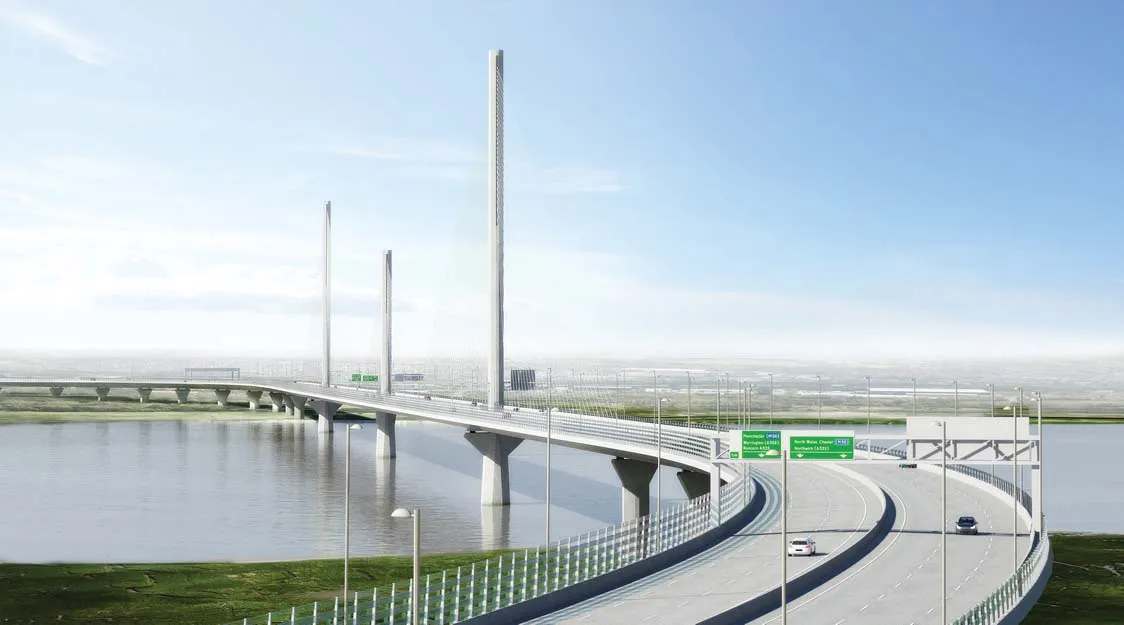
Professional services company
The A303 upgrade includes plans to build a road tunnel near Stonehenge, a prehistoric monument in western England believed to have been built around 3,100 BC. The road project is part of a series of planned upgrades to A303/A358 corridor to improve connectivity between the south east and south west of England.
The three-year contract will see Turner & Townsend provide commercial services including estimating, benchmarking performance, commercial reporting and cost management in the period leading up to construction. The project is undergoing consultation for a preferred route.
The consultant has also been appointed to deliver the next phase of two Highways England smart motorway upgrades. Turner &Townsend is providing commercial and programme management for improvements to the M6 between junctions 21a and 26 and M62 between junctions 10 and 12.
Smart motorways increase capacity and reduce congestion by making the hard shoulder available as a traffic lane and by using variable speed limits to smooth traffic flow, supporting economic growth. Work includes an extensive upgrade to the drainage system as well as new emergency areas between junctions. There will be a new ducting system for power and fibre cables and work to overhead signs to provide electronic signs for CCTV and driver information systems.








